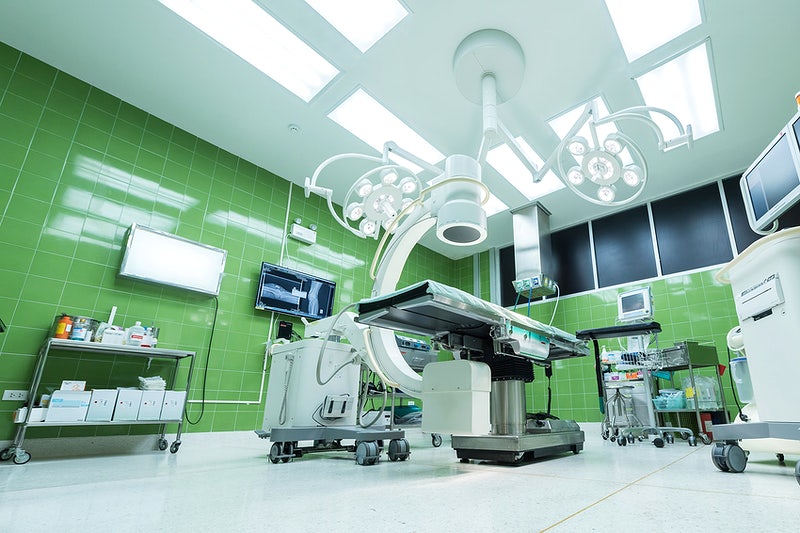 View Winners →
View Winners → 
A new surface treatment developed by a UCLA-led team of scientists could help improve the safety of medical devices like catheters, stents, heart valves, and pacemakers — whose surfaces often become covered with harmful bacterial films that can cause deadly hospital “superbug” infections, according to findings published Thursday.
About 1.7 million Americans pick up these infections in hospitals or medical clinics each year, resulting in nearly 100,000 deaths from infection-related complications and roughly $30 billion in direct medical costs, according to UCLA.
The new approach, tested in both laboratory and clinical settings, involves depositing a thin layer of what is known as zwitterionic material on the surface of a device and permanently binding that layer to the underlying substrate using ultraviolet light irradiation, UCLA says.
The resulting barrier prevents bacteria and other potentially harmful organic materials from adhering to the surface and causing infection, according to the university.
The team’s findings are published in the journal Advanced Materials.
In the laboratory, researchers applied the surface treatment to several commonly used medical device materials, then tested the modified materials’ resistance to various types of bacteria, fungi, and proteins. They found that the treatment reduced biofilm growth by more than 80% — and in some cases up 93%, depending on the microbial strain.
“The modified surfaces exhibited robust resistance against microorganisms and proteins, which is precisely what we sought to achieve,” said Richard Kaner, UCLA’s Dr. Myung Ki Hong Professor of Materials Innovation and senior author of the research.
“The surfaces greatly reduced or even prevented biofilm formation. And our early clinical results have been outstanding.”
The clinical research involved 16 long-term urinary catheter users who switched to silicone catheters with the new zwitterionic surface treatment. This modified catheter is the first product made by a company Kaner founded out of his lab, called SILQ Technologies Corp., and has been cleared for use in patients by the Food and Drug Administration, UCLA said.
Ten of the patients described their urinary tract condition using the surface-treated catheter as “much better” or “very much better,” and 13 chose to continue using the new catheter over conventional latex and silicone options after the study period ended, scientists found.
“One patient came to UCLA a few weeks ago to thank us for changing her life — something that, as a materials scientist, I never thought was possible,” Kaner said.
“Her previous catheters would become blocked after four days or so. She was in pain and needed repeated medical procedures to replace them. With our surface treatment, she now comes in every three weeks, and her catheters work perfectly without encrustation or occlusion — a common occurrence with her previous ones.”








































































































